Composting 101
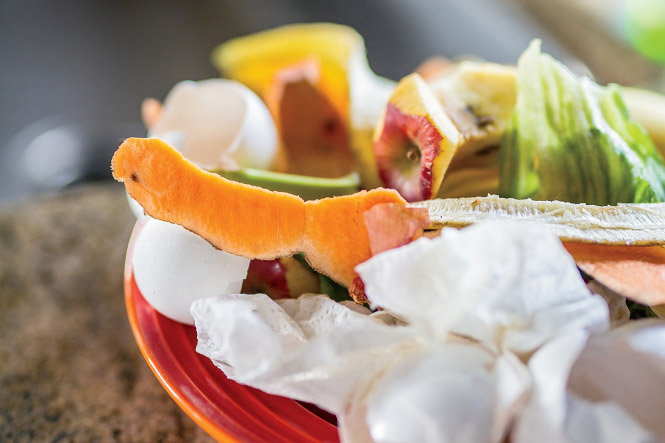
Any gardener worth his or her salt will tell you that a beautiful, productive garden grows from the ground up. What goes on underground where the roots live is just as important, if not more, as what is going on up top with the leaves and flowers. A plant uses its roots to take in nutrients and water, so it’s important for the roots to live in a healthy environment.
So, what is healthy soil? It is rich with nutrients and alive with beneficial bacteria and organisms. It is also friable with good drainage and airflow. It’s unlikely you are blessed with great soil, so to improve it, you need to add amendments such as compost.
Compost brings a complete menu of nutrients to the table. It will add nitrogen, potassium and phosphorous plus micronutrients such as manganese, copper, iron and zinc. Compost binds to soil particles to improve the structure. It will help sandy soil retain moisture and make clay soil drain better. Macro organisms and microorganisms in compost help break down nutrients for plants to consume, and a fungus called mycorrhiza aids in a plant’s uptake of nutrients. With so many benefits to compost, it’s understandable how it got the nickname “black gold.”
You can purchase bulk and bagged compost, but why spend the money when you can make your own for free? There is a compost bin for any budget or area. You can buy a fancy tumbler or build up a pile for free. Stack three milk crates to make a space-saving compost bin. A circle of hog wire can serve as a portable compost bin that you can set up right in a flowerbed. I recommend having two bins, so you can start filling the second one while the first processes.
With so many options, it’s easy to see that the bin (or lack thereof) isn’t so important. What matters is what you put in it. The ingredients you need are a mix of brown and green materials (such as autumn leaves and raw vegetables), water, and air. Items to avoid are woody stems, weeds, diseased plants, cooked food and meat products. These items either take too long to break down or have the potential to spread pests and disease.
The relationship between the brown and green materials is key to a successful compost pile. The nitrogen producing green materials (grass clippings) work with microorganisms to break down the carbon producing browns (dead leaves, straw). Ideally, you want one layer of green for every three layers of brown. If you have too much brown, decomposition slows to a crawl, and there’s not enough nitrogen to support the microorganisms necessary to complete the composting process. Too much green will make the compost pile slimy and smell like ammonia.
OK, so you have your compost bin filled with both brown and green material. What next? Well, this is where the water and air come in. Your compost pile needs to stay moist, but not soggy. You may have to add water if rainfall is scarce. The center of the pile also needs air, so turn it with a pitchfork every two weeks. A compost tumbler makes easy work of this task.
You’ll know your compost pile is working when it starts to warm up. Heat is generated as the materials start to break down. Once all the matter degenerates, it will cool down then it takes several months for your compost to cure. As you may have guessed, this process takes time; how much time depends on variables such as the weather, size and shape of the pile, and the content in the pile. The best way to determine if your compost is ready is by feel and smell. You’ll know it’s ready to go when it crumbles in your hand and smells earthy.
Add compost to your garden beds twice a year. I like to put it out in spring and fall. Spread 2 inches over the top of your beds, and work it into the soil 6 inches deep. You can also use compost as enriching mulch that will keep the ground cool and moist plus keep weeds in check.
Getting Started
A productive compost pile is a mix of three parts carbon-producing material (brown) to one part nitrogen-producing material (green). If you find yourself with too much brown and not enough green, add nitrogen-based starters such as alfalfa or chicken manure. You can also purchase a commercial inoculant that will increase beneficial bacteria, microbes and fungi, the microorganisms that do all the work in a compost pile. Whatever you use, apply it with a light hand because a little goes a long way.
Compost Do's & Don'ts
Composting is the ultimate recycling and you already have all the ingredients, most of which were probably destined for the trash. Get a compost bucket for under the kitchen sink, and start saving your raw vegetable trimmings, eggshells and coffee grounds. Chop everything up into a small size for faster composting.
Nitrogen-Producing Green Materials (One Part):
- Raw vegetables
- Plant debris
- Grass clippings
- Coffee grounds
- Eggshells
Carbon-Producing Brown Materials (Three Parts):
- Leaves
- Straw
- Shredded Newspaper
Items to Avoid:
- Large sticks and woody stems
- Meat
- Diseased plants
- Cooked food
- Dairy
- Weeds
- Pet manure




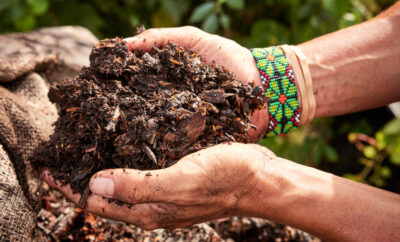
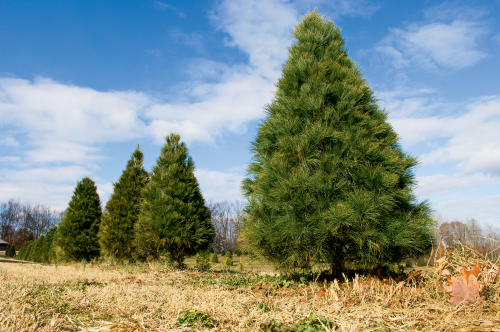
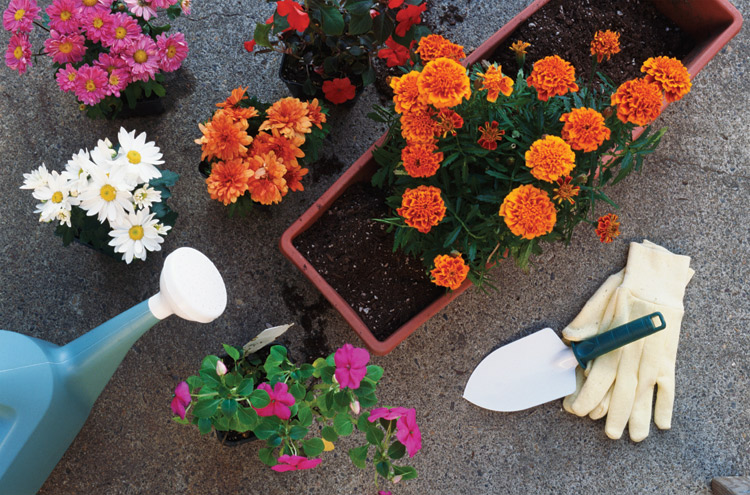







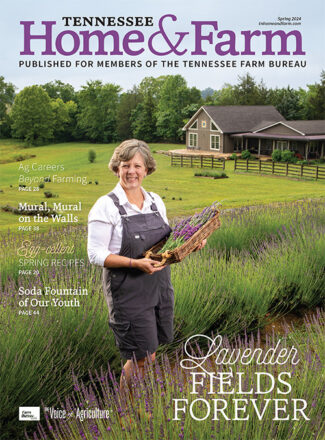

Leave a Comment